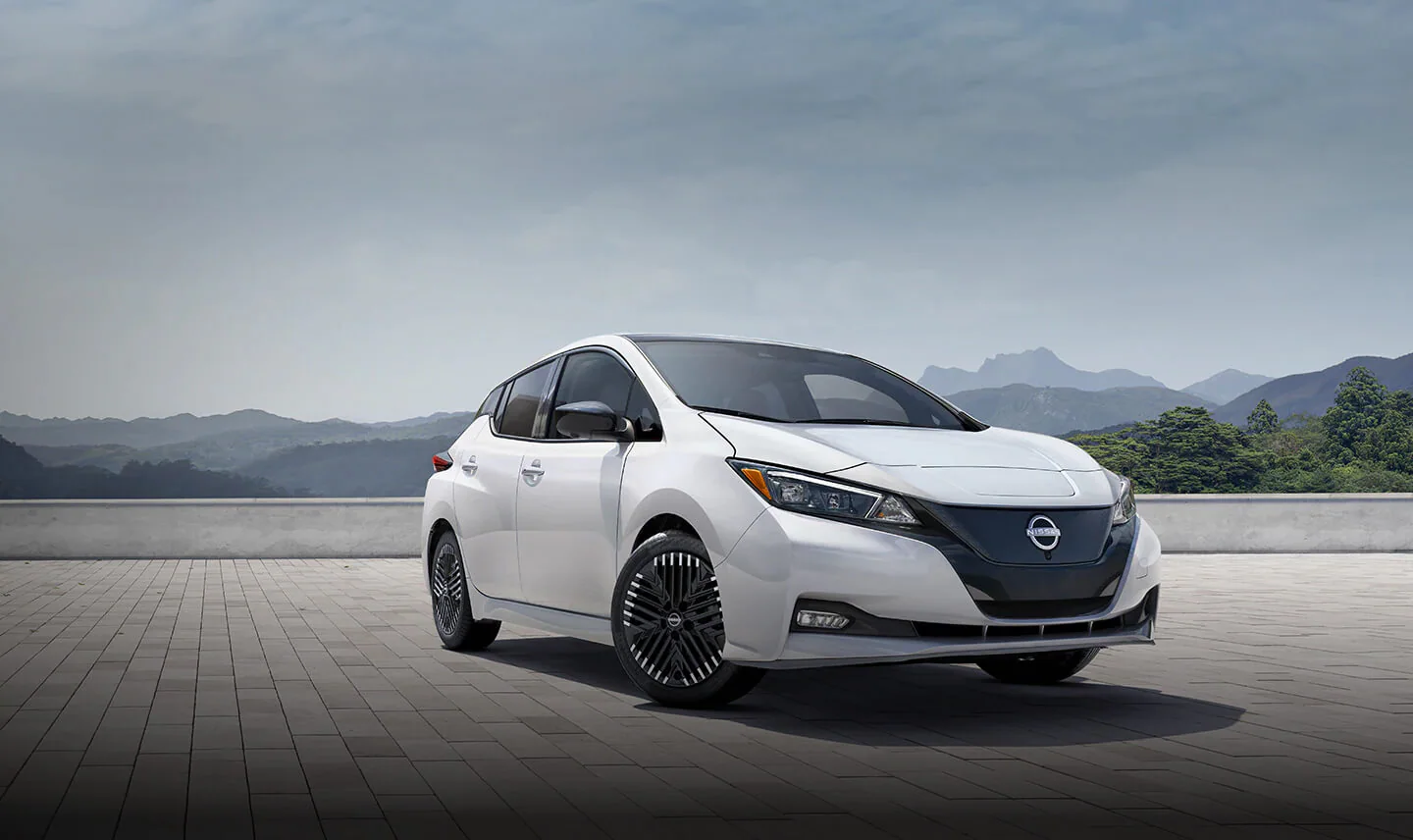Electric vehicles are no longer an early-adopter splurge. In 2025, rapid cost declines in lithium-iron-phosphate (LFP) batteries, intense Chinese competition and—just as important—stable supply chains have pushed credible EVs below the psychological US $30,000 line in almost every major market.
The result is a wave of compact hatchbacks and micro-cars that match or beat the purchase price and total cost of ownership of popular gasoline models. From first-time buyers in Delhi and Chengdu to suburban commuters in Paris or Portland, drivers can now choose an electric run-about that fits their budget, daily-range needs and local charging reality. In this article, we highlight some of those options, show where they slot in on price-versus-range, and identify region-specific bargains that hint at how low EV prices can go.
Cars under $30k
| Model | Key Markets* | Base price † | Range‡ | Battery | Fast-charge |
| Nissan Leaf S | North America, Japan, EU | $29,280 | 240 km | 40 kWh | 50 kW |
| Dacia Spring (45 hp) | EU | $19,000 | 225 km | 26.8 kWh | 30 kW |
| BYD Seagull | China, LatAm | $10,200 | 305 km | 37.6 kWh | 40 kW |
| Tata Tiago EV | India | $9,400 | 250–315 km | 19–24 kWh | 22 kW |
| MG Comet EV | India, Indonesia | $8,200 | 230 km | 17.3 kWh | 22 kW |
| Wuling Bingo | China | $8,300 | 333 km | 31.9 kWh | 30 kW |
| Geely Panda Mini | China | $5,900 | 200 km | 17 kWh | 22 kW |
| Renault Twingo Legend (2026) | EU/UK (announced) | $22,500 | up to 400 km (est.) | ≤ 50 kWh | 45 kW |
| Cupra Raval (2025) | EU/UK (announced) | $33,000 | up to 440 km (est.) | ~55 kWh | 120 kW |
*Official sales channels; grey-market imports excluded.
†Pre-incentive MSRP, converted to USD.
‡Test cycles: EPA (US), WLTP (EU), CLTC (China), ARAI (India).
Buying Insights — Beyond the Sticker
Government incentives can shuffle this leaderboard overnight. In the U.S., a $7 500 federal tax credit slashes a qualifying Leaf to roughly $22 000, while French and Portuguese grants push the Dacia Spring below €15 000. But bargain hunters should look past MSRP: many sub-$15 k cars max out at 22–30 kW DC, fine for home charging yet slow on road trips. Battery chemistry matters too—most budget EVs use long-life, low-cost LFP packs, whereas higher-nickel NMC cells still power the 250-plus-mile Western models. Safety regulations vary: a Chinese micro-EV built for 50 km/h city limits may lack the airbags or full-frontal crash ratings demanded in North America or the EU. Always confirm the vehicle’s homologation class before importing or relocating.
What It All Means
Price parity with gasoline cars has effectively arrived; the next hurdle is charging access. India and China show how stripped-down designs and tax breaks can flood streets with ultra-cheap electrics, while Europe and North America lean toward slightly pricier models that meet tougher crash and highway-range standards. Coming soon, Volkswagen’s ID. 2all and Tesla’s long-rumored “Model 2” aim for the €20 k / $25 k sweet spot, poised to make electric the default choice in the supermini class. In short, the sticker-price battle is largely won. Now, the industry must ensure every new budget-EV owner can plug in as easily as they can fill up.
